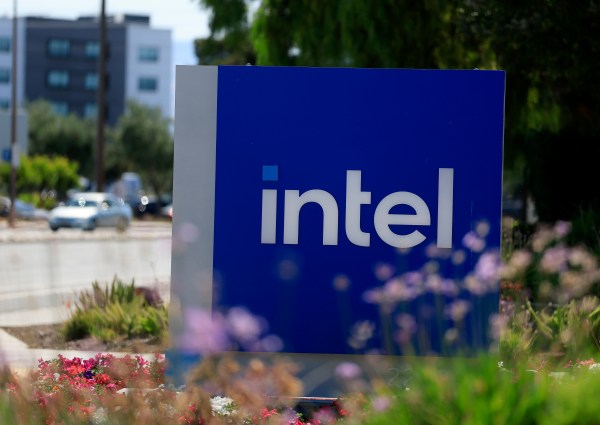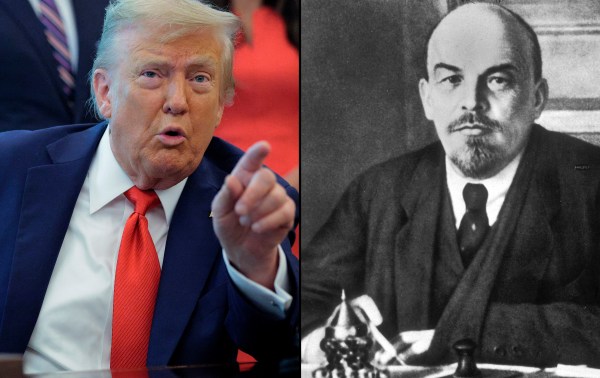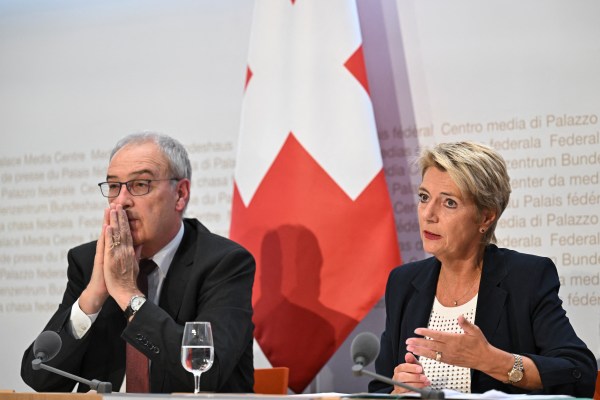It doesn’t seem that long ago that concerns about issues like cultural appropriation—wearing the wrong Halloween costume, dining halls preparing ethnic foods improperly, and certain groups singing the wrong music—and speech policing were confined to the realm of the college campus. Those who complained that students were being hyper-sensitive faced pushback: They’re just undergraduates, this is silly. They’ll change when they get into the real world.
But what happens on our college and university campuses is anything but confined to the ivory tower or irrelevant. The omnipresent ideas that have seeded and informed the problematic anti-racist rhetoric and the tactics of bullying, canceling, and silencing others come directly from our campuses and now dangerously pervade into the zeitgeist to such a degree that Andrew Sullivan famously wrote in 2018 that, “We All Live on Campus Now.”
From private companies like Coca-Cola asking employees to be “less white” or Ogilvy’s diversity and inclusion team pushing books by Angela Davis or Howard Zinn as part of its initiative to promote a “more equal and just world,” it is obvious that the “woke mob” has escaped the confines of our nation’s campuses and the narratives of harm and victimization have spread into the real world.
A day hardly goes by without an example of rampant cancel culture making the news. An elite school in New York asked parents to rank themselves on a scale of “whiteness.” The San Francisco school board voted to remove the names of historical figures ranging from George Washington to Abraham Lincoln from schools. Even Dianne Feinstein couldn’t make the cut.
Yes, these trends have made it into the real world. But they have their roots in academia, and academia is where we should turn if we want to reverse them. It’s time to talk about what is going on in lecture halls and around seminar tables; namely what is being taught and by whom in campus that continues to seed the ideas behind the mobs. While administrators have been at the forefront of executing a woke agenda, the intellectual groundwork for the dangerous ideas come from the faculty and their teaching and research.
For instance, the polarizing concept of anti-racism was articulated in Ibram Kendi’s How to Be an Antiracist. After numerous academic positions over the past decade, Kendi is now a professor and the founder and director of Boston University’s Center for Antiracist Research. Even Robin DiAngelo, who uses her bestselling White Fragility: Why It’s So Hard for White People to Talk About Racism as the basis for her lucrative social justice seminars, was a tenured professor at Westfield State University in Massachusetts.
Many other academics with chairs, tenure, and various centers are leading today’s push toward so-called progressive thinking and social justice including public facing professors, such as Michael Eric Dyson of Vanderbilt and faculty at more than 200 schools, including UC-Berkeley, the City College of New York, Princeton, and Cornell.
These top institutions are teaching critical race theory (CRT), which lays the so-called intellectual framework for much of the current moment. The CRT movement traces its genesis to a 1989 workshop at the University of Wisconsin-Madison, which was attended by 24 scholars of color. The historical record shows that after this workshop, faculty began publishing a higher volume of works employing CRT, including some that became popular among general audiences such as the national bestselling booksThe Alchemy of Race and Rights(1991) by Patricia Williams, and Derrick Bell’s Faces at the Bottom of the Well (1992). There are regular workshops teaching CRT all over the collegiate landscape.
As this paradigm becomes more dominant, more junior faculty publish within its framework in hope of placing their articles, which only serves to reinforce and strengthen these ideas and pushes out others. Publishing is an important part of earning tenure, but tenure lines are shrinking nationwide as colleges and universities rely more on adjunct faculty and temporary labor.
With a glut of Ph.D.s looking for jobs, tenure lines are acute in determining what academic fields prosper and what fields contract and, by extension, who teaches what and what work matters and thus which ideas like CRT are coming out of the academy. Though tenure should protect faculty from negative consequences of challenging prevailing sentiments inhibiting open debate, discourse, and inquiry, today the fight for who is given a tenure track line and full tenure itself is about those who promote critical theory and propagate authoritarian environments.
Although methodologies and critical approaches come and go, what is particularly dangerous here is that CRT is not just purely an academic, ivory tower approach to scholarly questions, it is a worldview that now advocates for activism and social change in the guise of being purely academic such that now many professors proudly call themselves scholar-activists with their own, ironically, colonial or imperial ambitions
This is hostile to conservative ideas, ending viewpoint diversity and social progress, open inquiry, and the mission of higher education. We’re already seeing what happens when the students exposed to these ideas graduate and their ideas enter the real world in due course.
What happens in higher education does matter and social strains of the past few years demonstrate that ideas propagated on college campuses are not inconsequential whatsoever. Ideas from the academy deeply influence the non-academic world and right now they are doing so in an extraordinarily harmful and negative way. Viewing people as members of narrow and simplistic racial groupings foolishly suggests that one should be defined by race and little more. This is an absurd way to understand people and the human condition, dividing us rather than unifying us and finding common ground based on shared humanity and history. This is the antithesis of what the academy should be teaching, which include the values of intellectual diversity and social inclusion.
Colleges should incubate ideas and promote debate and create sacred spaces to aid and enhance social progress by studying the many facets of the human condition. While colleges and universities must return to teaching and promoting viewpoint diversity and a positive vision of social order, the fact of the matter is that we must recognize the power of ideas and education in shaping our society, its norms, and its institutions.
Samuel J. Abrams is professor of politics at Sarah Lawrence College and a visiting scholar at the American Enterprise Institute.






Please note that we at The Dispatch hold ourselves, our work, and our commenters to a higher standard than other places on the internet. We welcome comments that foster genuine debate or discussion—including comments critical of us or our work—but responses that include ad hominem attacks on fellow Dispatch members or are intended to stoke fear and anger may be moderated.
With your membership, you only have the ability to comment on The Morning Dispatch articles. Consider upgrading to join the conversation everywhere.